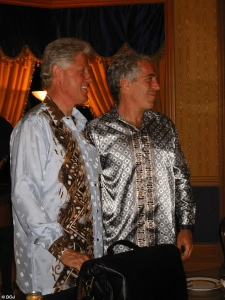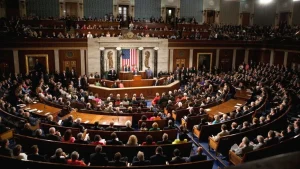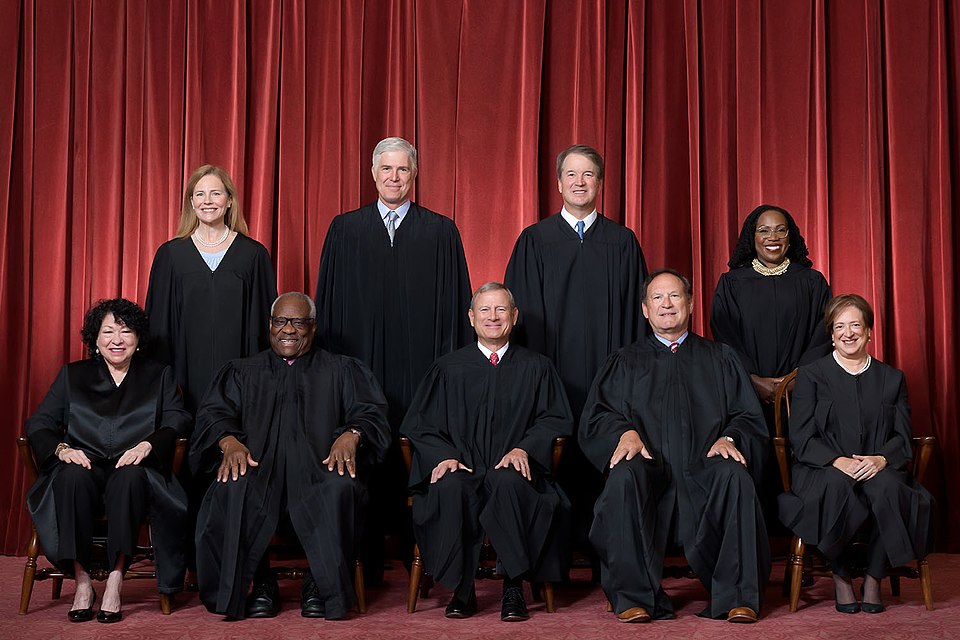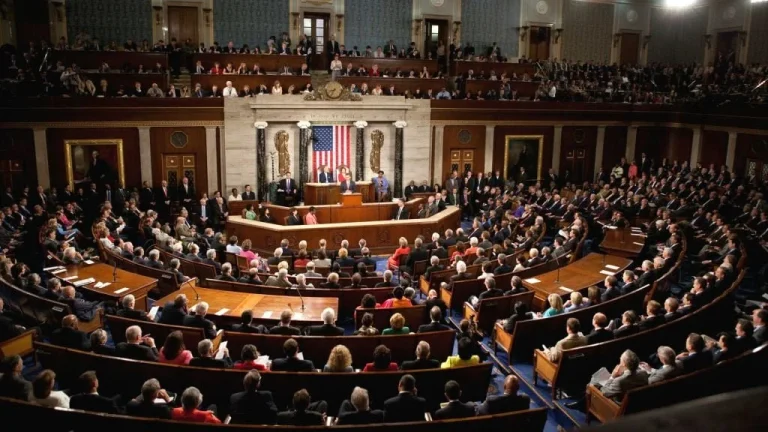On September 8, 2025, the U.S. Supreme Court issued a 6-3 decision allowing federal immigration enforcement agencies to resume certain practices in Los Angeles that had previously been restricted due to concerns over racial profiling and constitutional rights. This ruling marks a significant development in the ongoing debate over immigration enforcement and civil liberties.
Background of the Case
The case, Noem v. Vasquez Perdomo, arose from a lawsuit filed by civil rights organizations challenging the tactics employed by Immigration and Customs Enforcement (ICE) agents in Los Angeles. The plaintiffs contended that ICE’s enforcement practices, which included stops based on factors such as appearance, language, and occupation, amounted to racial profiling and violated the Fourth Amendment’s protections against unreasonable searches and seizures.
In July 2025, U.S. District Judge Maame E. Frimpong issued a temporary restraining order prohibiting ICE from conducting such stops. Judge Frimpong found that the enforcement tactics likely violated constitutional rights and disproportionately impacted Latino communities. The ruling applied to a broad area encompassing much of Southern California.
Supreme Court’s Decision
The Supreme Court’s majority opinion, written by Justice Brett Kavanaugh, overturned Judge Frimpong’s order. Justice Kavanaugh argued that while ethnicity alone cannot establish reasonable suspicion, it can be a relevant factor when considered alongside other circumstances. He emphasized that the restrictions imposed by the lower court were overly broad and hindered lawful immigration enforcement.
The Court’s decision effectively lifted the limitations on ICE’s enforcement practices, allowing agents to resume operations that had been curtailed under the restraining order. This includes the authority to conduct stops based on factors such as appearance, language, and occupation, provided they are considered in conjunction with other relevant circumstances.
Dissenting Opinions
In a dissenting opinion joined by Justices Sonia Sotomayor and Elena Kagan, Justice Ketanji Brown Jackson criticized the majority’s decision, arguing that it effectively legalized racial profiling. The dissenting justices contended that the ruling undermines constitutional protections and could lead to discriminatory practices in immigration enforcement.
Justice Sotomayor, in particular, expressed concern that the decision would disproportionately affect Latino communities and other minority groups. She warned that the ruling could set a dangerous precedent for future law enforcement practices.
Reactions and Implications
The Supreme Court’s decision has elicited a range of reactions from various stakeholders. Civil rights organizations and immigrant advocacy groups have expressed alarm, warning that the ruling could lead to increased racial profiling and violations of constitutional rights. They argue that the decision undermines efforts to ensure fair and equitable treatment under the law.
On the other hand, proponents of the ruling, including officials from the Department of Homeland Security, have hailed it as a victory for effective immigration enforcement. They argue that the decision restores necessary tools for law enforcement to address illegal immigration and maintain public safety.
The ruling also has significant implications for future legal challenges related to immigration enforcement. It underscores the Court’s approach to balancing law enforcement interests with constitutional protections and may influence the outcome of similar cases in the future.
Ongoing Legal Proceedings
While the Supreme Court’s decision has lifted the immediate restrictions on ICE’s enforcement practices, the underlying legal case remains ongoing. A federal hearing is scheduled for September 24, 2025, to address the broader constitutional issues raised by the plaintiffs. This proceeding will provide an opportunity for further examination of the legal and constitutional questions at the heart of the dispute.
Conclusion
The Supreme Court’s decision in Noem v. Vasquez Perdomo represents a pivotal moment in the ongoing debate over immigration enforcement and civil liberties. By permitting the resumption of certain enforcement practices in Los Angeles, the Court has set the stage for continued legal battles and public discourse on the balance between effective immigration control and the protection of constitutional rights. As the case progresses, it will likely continue to shape the landscape of immigration law and policy in the United States.

James Jenkins is a celebrated Pulitzer Prize-winning author whose work has reshaped the way readers think about social justice and human rights in America. Raised in Atlanta, Georgia, James grew up in a community that instilled in him both resilience and a strong sense of responsibility toward others. After studying political science and creative writing at Howard University, he worked as a journalist covering civil rights issues before dedicating himself fully to fiction. His novels are known for their sharp, empathetic portraits of marginalized communities and for weaving personal stories with broader political realities. Jenkins’s breakout novel, Shadows of Freedom, won national acclaim for its unflinching look at systemic inequality, while his more recent works explore themes of identity, resilience, and the fight for dignity in the face of oppression. Beyond his novels, James is an active public speaker, lecturing at universities and participating in nonprofit initiatives that support literacy and community empowerment. He believes that storytelling is a way to preserve history and inspire change. When not writing, James enjoys jazz music, mentoring young writers, and traveling with his family to explore cultures and stories around the world.







